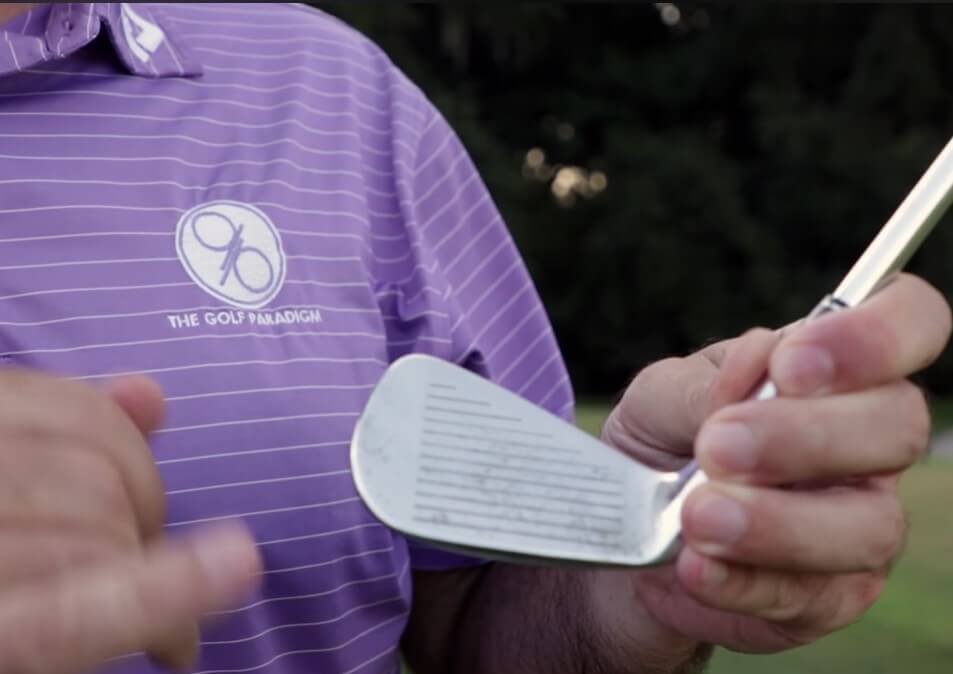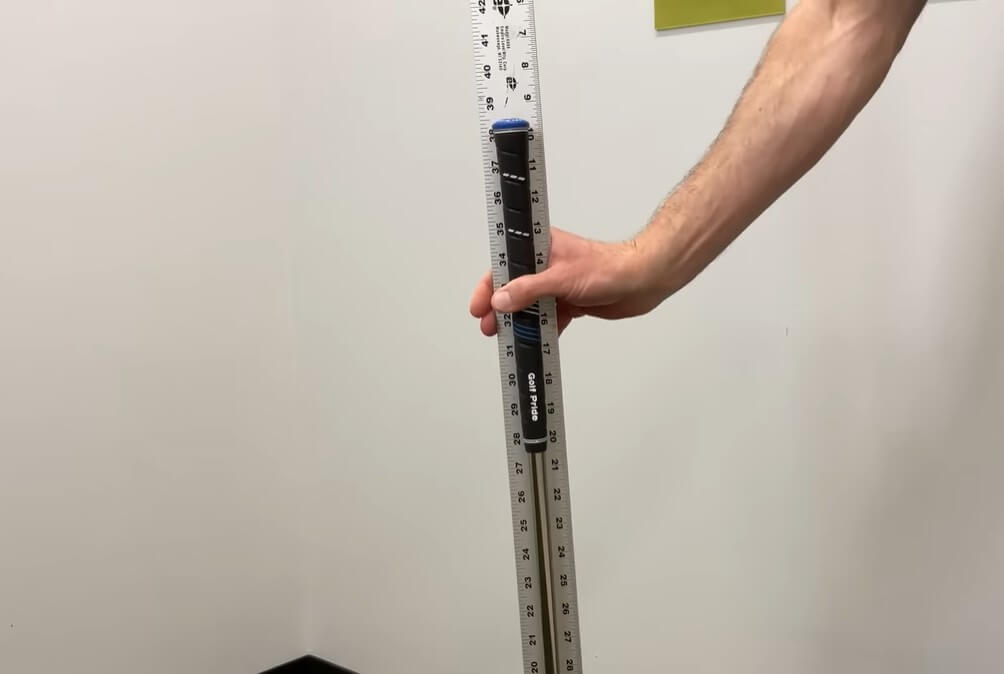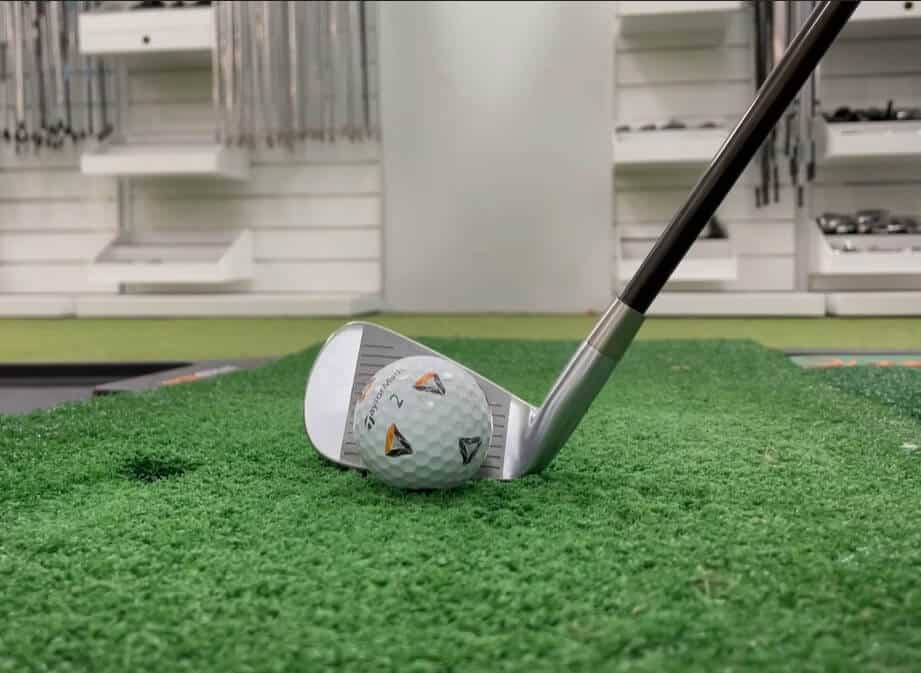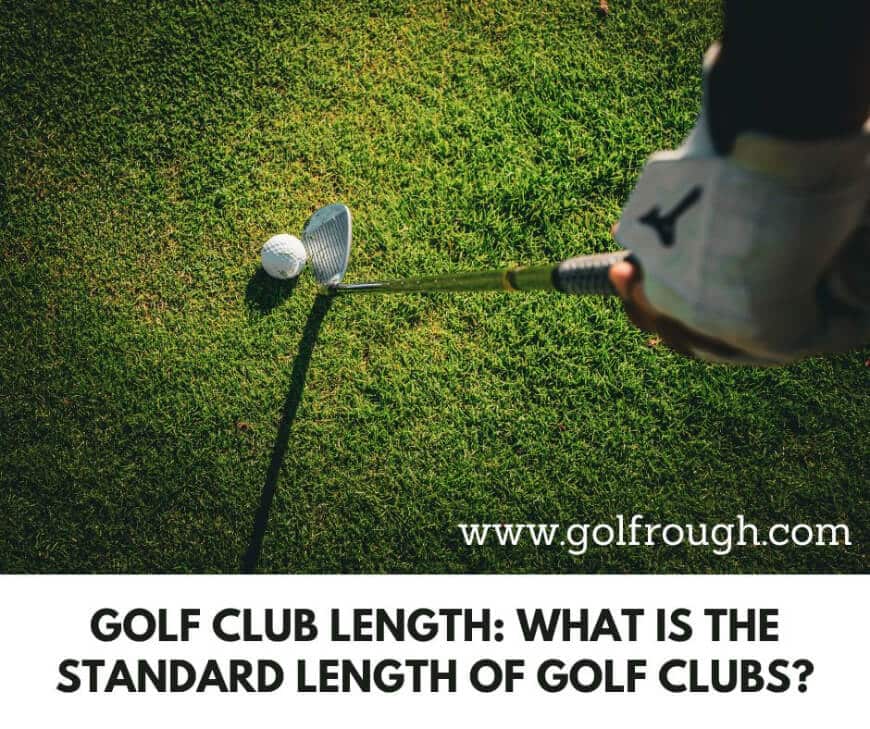Playing golf isn’t easy for everyone since winning requires skills and precision. To achieve that, the length of the golf club plays a crucial role. It helps determine the golfer’s distance, swing dynamics, and control of the hit.
Before moving on with making a golf club purchase, golfers must make sure to make a comparison between their height and the club’s length. It can only be possible through understanding the importance of a golf length to make well-control decisions and maximize the possibilities on the golf course.
The article below will discuss the proper golf club length and other crucial factors in playing golf.
What Is the Right Golf Club Length?

There isn’t a fixed length number of a golf club. It depends and varies from one individual to another based on their comfort and swing style. It should fit a comfortable and natural address position for optimal accuracy and control.
Professional club fitting can be important when determining the best golf club length. It takes into account the swing characteristics and physical attributes of a golfer. Through proper golf club length, golfers can maximize their overall golf course performance for a quality game.
How Important Can Be the Right Golf Club Length for Golfers?
The right length of a golf club is significant for a golfer. It has a direct impact on their overall game performance due to various reasons. Below are a few reasons why they matter a lot:
Proper length can help golfers achieve proper address position to ensure proper body alignment with a target for best results.
A golf club with too long or short length can affect the swing mechanics. Therefore, golfers must achieve a proper length to achieve controlled and efficient swing for consistent results.
The proper length will allow the golfer an accurate and controlled ball hit. So, a difference between body height and golf club length might result in a loss of control and shot accuracy.
A golf club with proper length can add a boost to a golfer’s game confidence. That is because they will feel confident and comfortable holding the club, resulting in a better approach with a positive mindset.
Right Golf Club – Irons, Drivers, and Putters

1. Iron Shaft Length
For determining the right length in the iron shaft, more than your height matters. It can include the arm length and swing posture too. A player with a taller height should not consider using short heighted players’ length and vice versa for the taller height players.
There is a standard golf club length size that suits mostly average-height players. However, players with higher or shorter lengths may require some modifications depending upon their height to achieve the best golf hit result.
2. Driver Shaft Length
With drivers, it’s all about generating distance and power. It is common with these drivers that the longer a shaft will be, the more it will cause a longer length with a powerful swing. That is because a longer shaft will help achieve an optimal swing momentum better. Moreover, most manufacturers prefer a standard size of 45 degrees in driver shaft length. A few years back, it was at 43 degrees as standard length.
However, a shaft’s length is the main factor that creates the swing. If you need distance, hitting the sweet spot can make it happen. Some PGA golf professionals prefer having a short-length driver as it makes it easier to hit the sweet spot for a longer distance. But it can take some players years to master this skill as it’s not an easy shot to play.
3. Putter Length
The length of a putter usually ranges between 32 inches to 38 inches. Out of this range, the most common is 34 inches to 35 inches. The Putter’s length matters a lot and is crucial. It can affect your posture along with the line, which has a direct impact on your stroke.
If you come up with a longer, your posture will be straight and upright. This will help you to achieve a better target line. On the other hand, a shorter shaft will result in a bent-over posture with a better feel of the club head.
How Can You Measure the Length of Your Golf Club?

Below are a few key factors that can help you easily measure the length of the golf club to achieve best results:
1. Measuring the Height
You may have guessed by now that your height and the golf club length have a deep relationship. So, if you want a good golf club length, start by measuring your height. Your height measurement should be the first and foremost basic step.
But know this isn’t the best way to find an accurate golf club shaft. It is just one factor that helps to determine the length. You must consider a few more elements to understand golf club shaft length.
2. Wrist-to-Floor Measurement
Measuring yourself from wrist to floor is the most common measuring approach. It helps a lot in getting an accurate golf club length. It can explain why two same-heightened golfers don’t have equal wrist-to-floor measurements. That is because their arms and leg length varies from each other.
To get this measurement:
- Stand straight on the floor.
- Keep your arms down in a relaxed and natural way.
- Keep your golf sneaker on while taking the measurements.
- Start measuring it from your wrist crease and continue toward the floor. If you want the best and most accurate measurements, ask another person to do it for you.
3. In-Swing Factors
Measuring your height and wrist-to-floor measurements matter when you aren’t moving or standing still, whereas the in-swing measurement is recorded during your golf swing motion. You can call it the time when you are hitting the ball.
So, the measurements you take are about how much the waist is bending with other stance-related matters. Therefore, too much turning down to the wrist will leave a negative impact. As a result, you would have to compensate for it with the help of a short-length shaft.
4. Playing Style and Skill Level
The playing style and skills also matter in measurements. It directly influences the swing mechanics, shot preferences, and tempo. All of this further has an impact on an appropriate golf club length. You can benefit from longer clubs for a maximum distance if you are a skilled golfer with consistent and higher swing speeds.
But on the contrary, if you focus on control and precision with a slow swing speed, you may prefer shorter clubs to attain good accuracy. Therefore, this measurement process is vital to understanding the playing style and skills.
Understanding Golf Club Length Measurements
Below are a few length measurements to keep in mind for different golf clubs:
1. Standard Club Length for Different Clubs
- For drivers, usually, the standard length is 45 inches.
- Hybrids typically have a standard length of 39-41 inches.
- Fairway woods have variations in length, but the standard length is 41-43 inches.
- Wedges also have different lengths. For pitching wedges, it’s around 35-36 inches. Lobster and sand wedges have a slightly shorter length size.
2. Variation in Club Lengths Between Manufacturers
There are many golf club manufacturers worldwide. So they may have variations in their golf club lengths. It is because they follow their standards and specifications to have differences in length sizes. For instance, you may find a comparison of shorter or larger length sizes between two different manufacturers. Other clubs, like wedges, iron, and fairways, can have different sizes due to a different manufacturer.
3. Custom Fitting and Its Role in Determining Club Length

Custom fittings play a vital role in determining a golf club’s length. It involves the analysis of different factors, such as the golfer’s swing mechanics, physical attributes, personal preferences, and playing style. Club fitters and manufacturers use different expertise and modern technologies to assess these factors to recommend the ideal club length.
4. Effects of an Incorrect Club Length
Using incorrect club length can have several effects on a golfer’s performance. If the length is too long, it means an upright posture, leading to an improper swing plan with a control loss. Moreover, decreased accuracy, inconsistent ball strike, and difficult solid contact are all possible.
However, a shorter length club will result in a hunched posture. As a result, a golfer will suffer in potential power and swing arc. It will further lead to generating a good clubhead speed with distance loss. So, both short and long club lengths can lead to a negative impact on performance in different ways.
5. Customer Fitting and Club Length Adjustments
Club lengths and custom fitting go along with optimizing a golfer’s performance. In custom fittings, the golfer’s body measurements, swing, and playing style are all analyzed for best club specifications with its length. So, adjustments are made if the golfer needs different adjustments.
Moreover, it can help a golfer to achieve better posture by determining if shortening or lengthening is beneficial. They can perform better body posture, shooting consistency, and swing mechanics. As a result, golfers can maximize their accuracy and control to improve their overall performance.
Benefit of Properly Fitted Golf Club Length
Below are a few benefits of a fitted golf club length
1. More Solid Golf Ball Contact
Using a properly fitted golf-length club has different benefits, such as generating solid contact with the ball. When a golfer finds a well-suited length to its height, it can help gain swing mechanics, good posture, and controlled shots. As a result, they will get more energy from the club for a crispier and more powerful shot impact.
2. Improvement in Golf Handicap
Another benefit of properly fitted golf club length is improved golf handicap. When a golfer finds a tailor-made club, their overall consistency level and performance will increase. They will generate better swing mechanics, clubhead speed, and ball contact.
As a result, it will have control, accuracy, and distance, with less chance of missed hits, lower scores, and improvement in their handicap. If they continue improving, golfers can positively impact their handicap with time.
3. More Fitting Golf Club Lie Angle
The benefit of fitting golf club lie angle is that it can match the golfer’s swing characteristics. These include address positions, a swing plane for achieving a natural, and a square clubface with an impact. It can increase shot consistency, enhance accuracy, and better ball control.
Complete Golf Club Length Chart
Check out below a complete standard golf club length chart. However, results may vary from manufacturer to manufacturer, with further factors involved to make an impact.
| Club Type | Average Length Inches |
| 3-wood | 42-43 Inches |
| Driver | 44-46 Inches |
| Hybrids | 38-41 Inches |
| 5-wood | 41-41 Inches |
| 3-iron | 39-40 Inches |
| 5-iron | 38-39 Inches |
| 4-iron | 38.5-39.5 Inches |
| 6-iron | 37.5-38.5 Inches |
| 9-iron | 36-37 Inches |
| 7-iron | 37-38 Inches |
| 8-iron | 36.5-37.5 Inches |
| Gap Wedge | 35-36 Inches |
| Pitching Wedge | 35.5-36.5 Inches |
| Sand Wedge | 34.5-35.5 Inches |
| Lob Wedge | 34-35 Inches |
FAQs
To fit a golf club correctly with your height, you must consider your height, wrist-to-floor management, and arm length. A professional fitting can help determine an ideal length for the swing and height characteristics.
Standard golf club length can vary due to various factors and manufacturers’ specifications. However, in typical, the standard length is around 45 inches.
Typically you will find the standard size of a 7-iron to be around 37-38 inches. But again, it can vary from one individual and manufacturer to another.
No, tiger wood club is not a standard length. Most professional golf players have their clubs customized or adjusted for their swing preferences or other characteristics.
Different factors can determine if the golf clubs are too long. It includes loss of control or accuracy, decreased swing speed, discomfort during the game, poor posture and balance, inconsistency, etc.
It will depend on the size of an individual. A boy with a height of 150-157 cm should use teen-sized clubs. Next, teens with 160-168 cm should use standard club length or a mix of teens, depending on their physical attributes. Lastly, those above 168 cm can use standard-length clubs easily.
Conclusion
Golf club length plays a vital role during a game as it considerably impacts the performance level on the club course. So, choosing the right golf club length is based on different factors such as swing style, golfer height, and comfort. It enables them to achieve control, accuracy and increasing the hit distance.
If any of these factors are disturbed with poor results, know that the length is the root cause. Check with a professional and choose the right length to achieve better results with a more satisfying golf course experience.
Matt Stevens is the founder of Golfrough.com. He holds a Postgraduate in Sports Marketing and has played golf since he was four years old. Having experienced every high and low golf has to offer, his writing helps the average golfer avoid the mistakes he has made in 28-years on the course.

